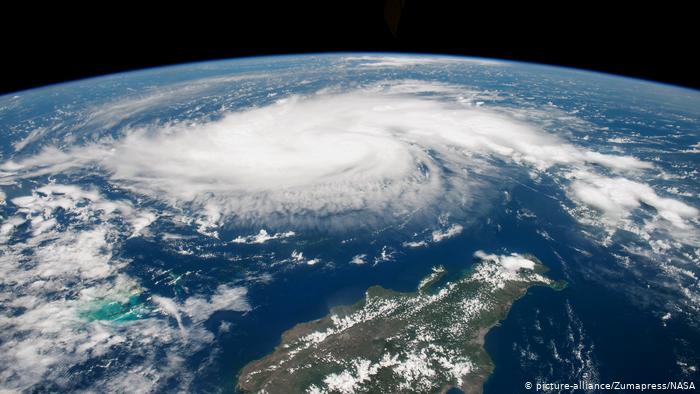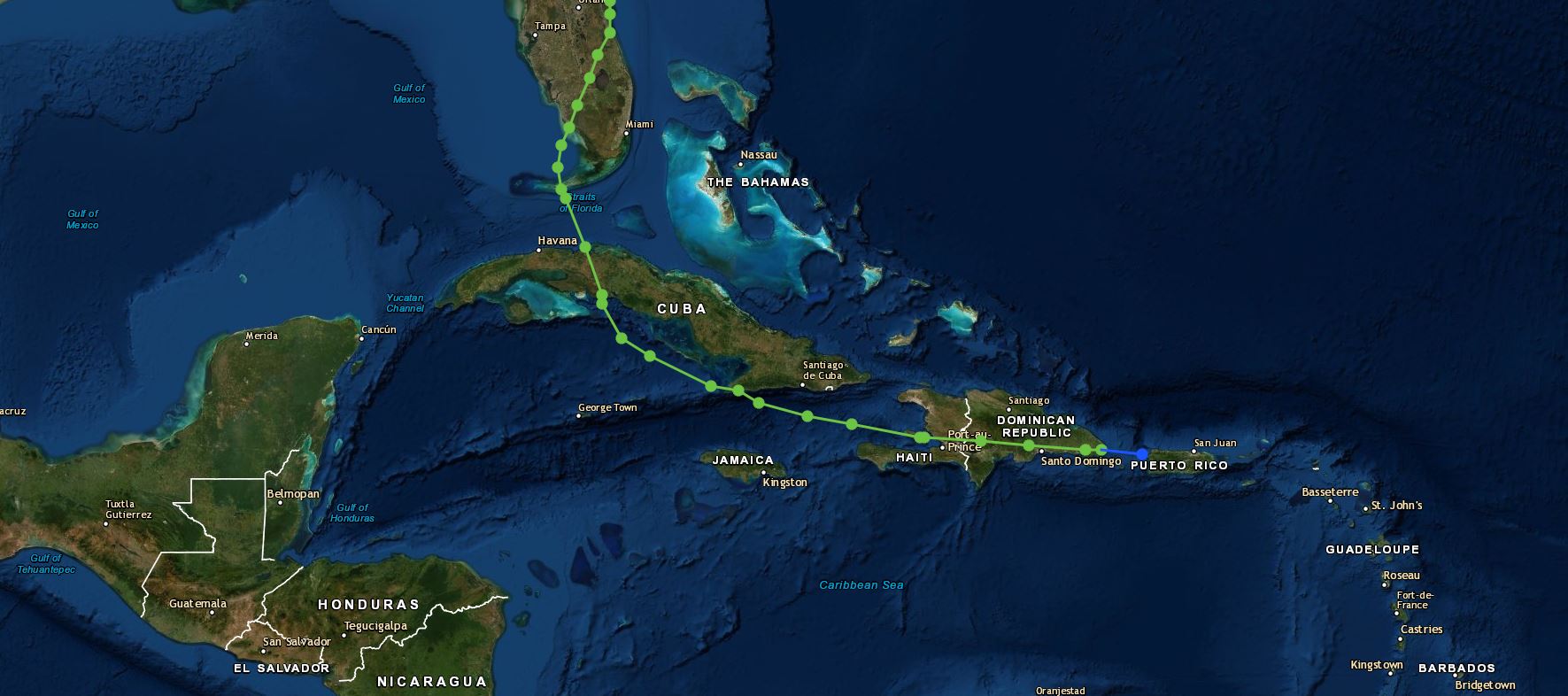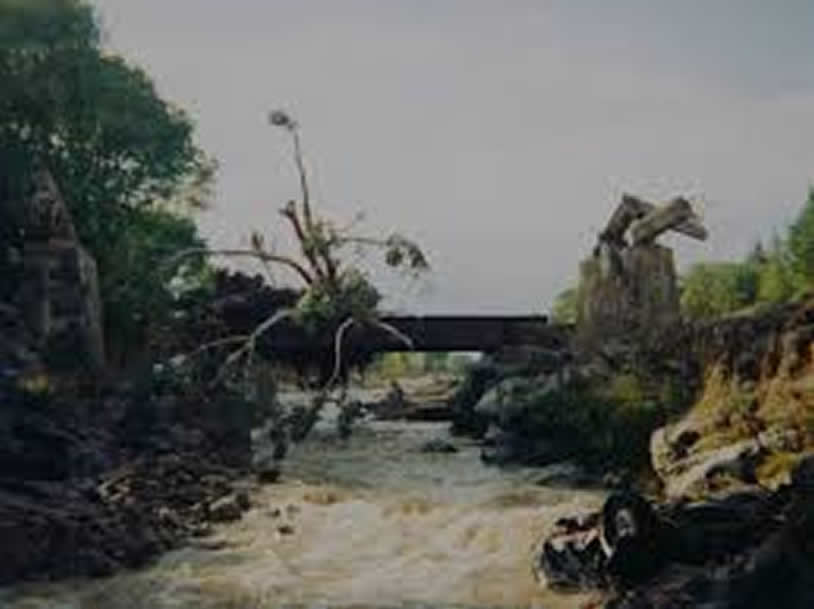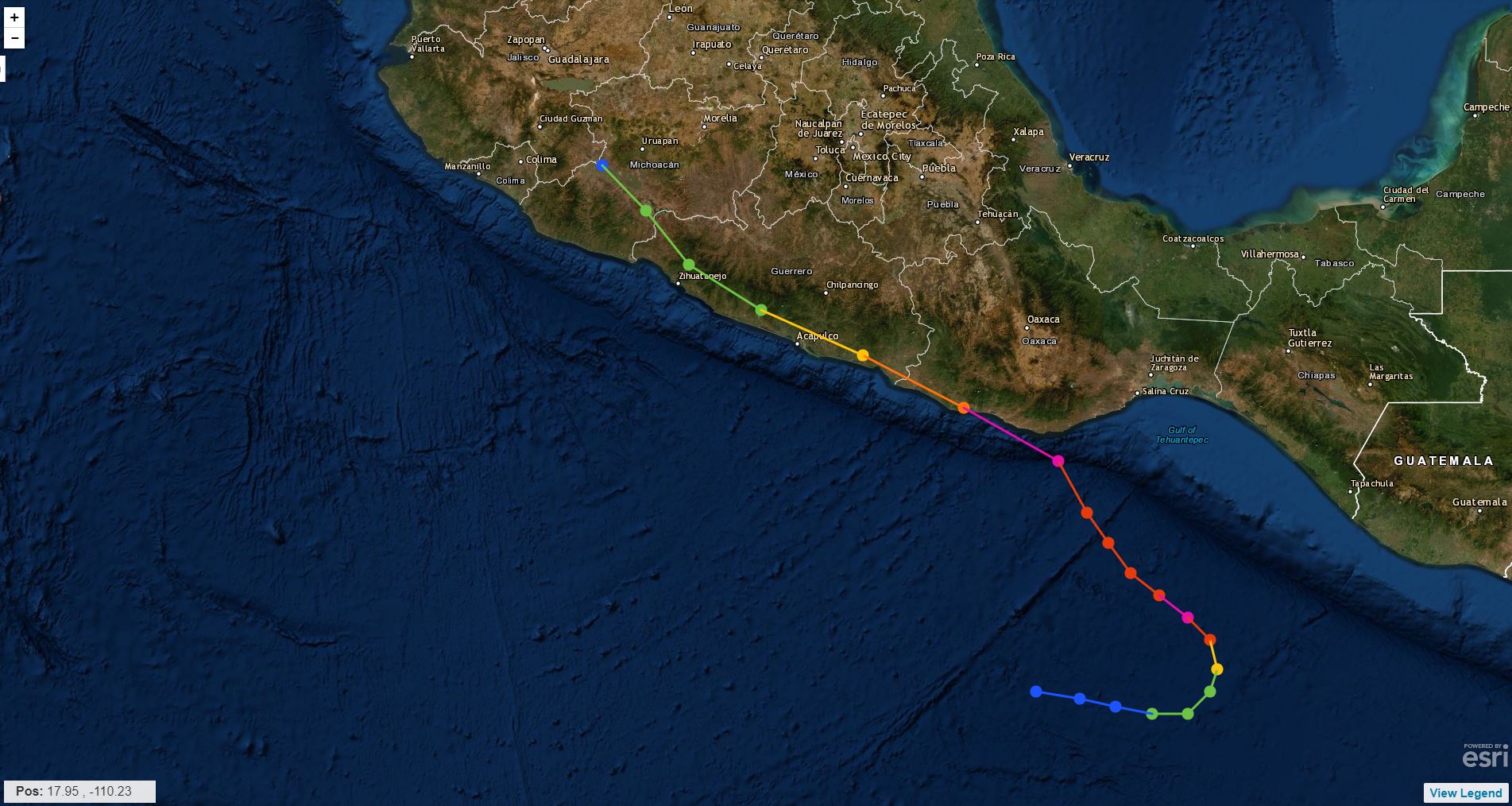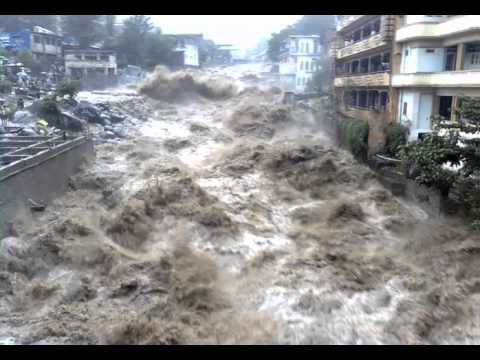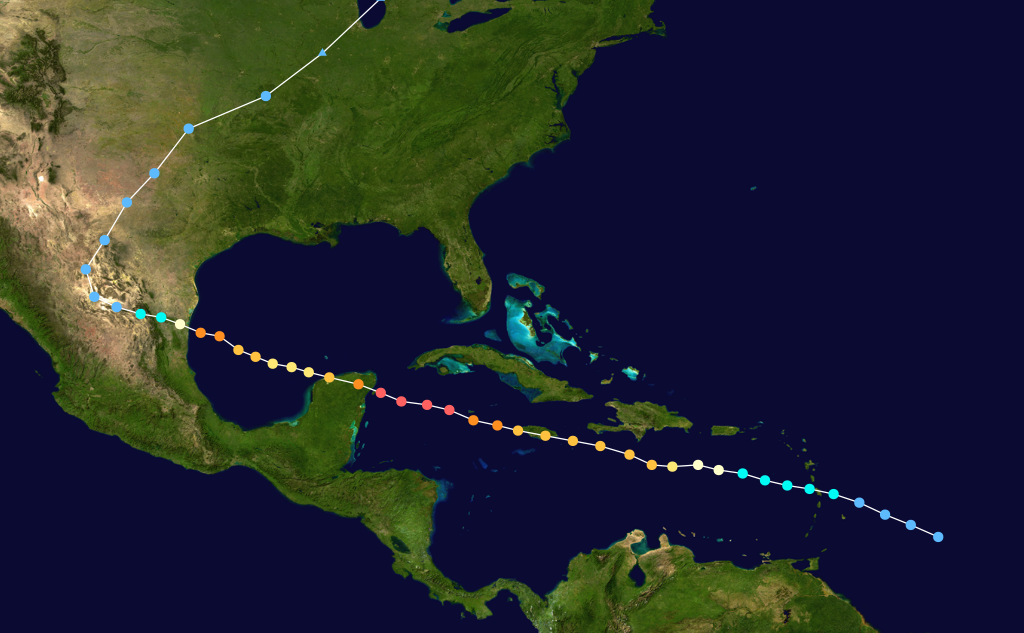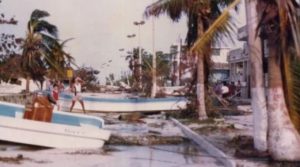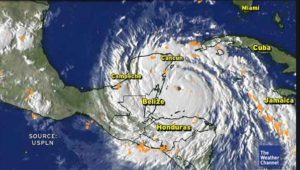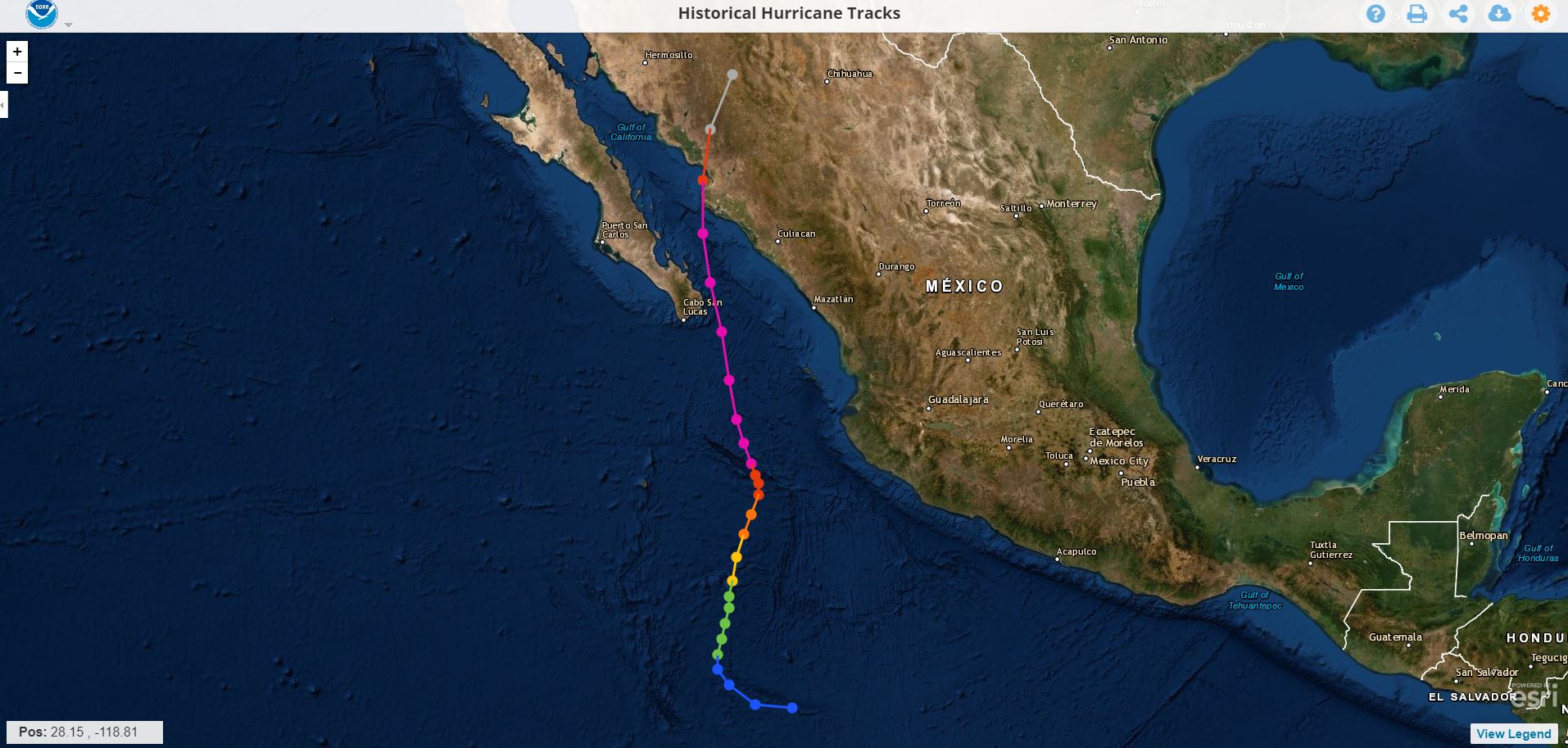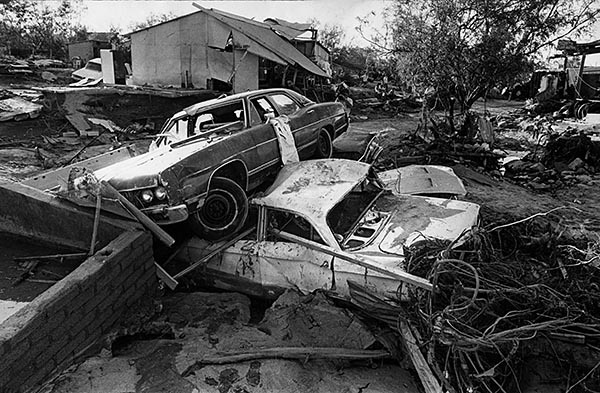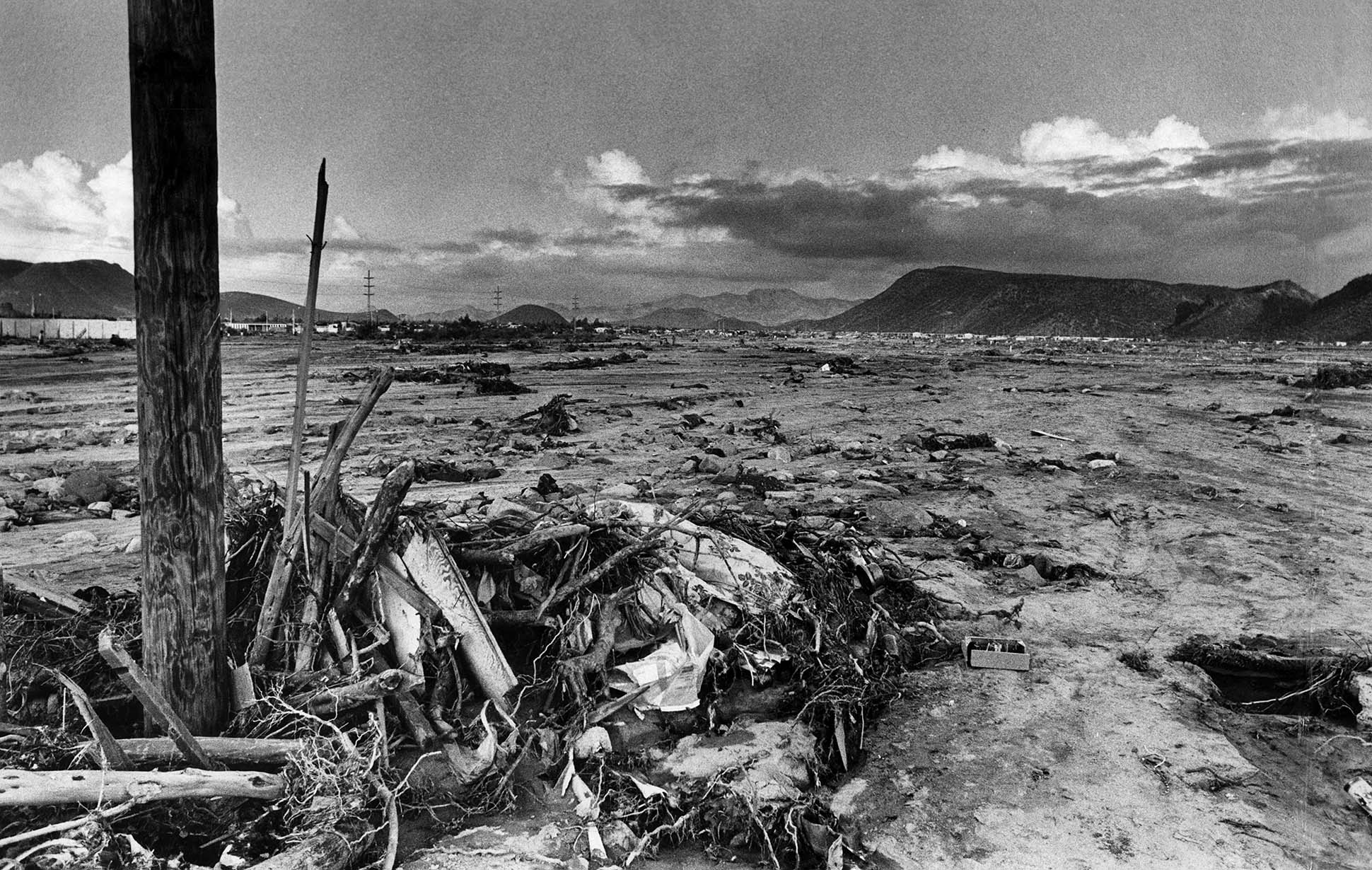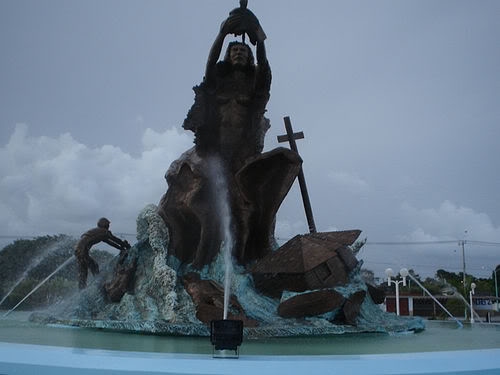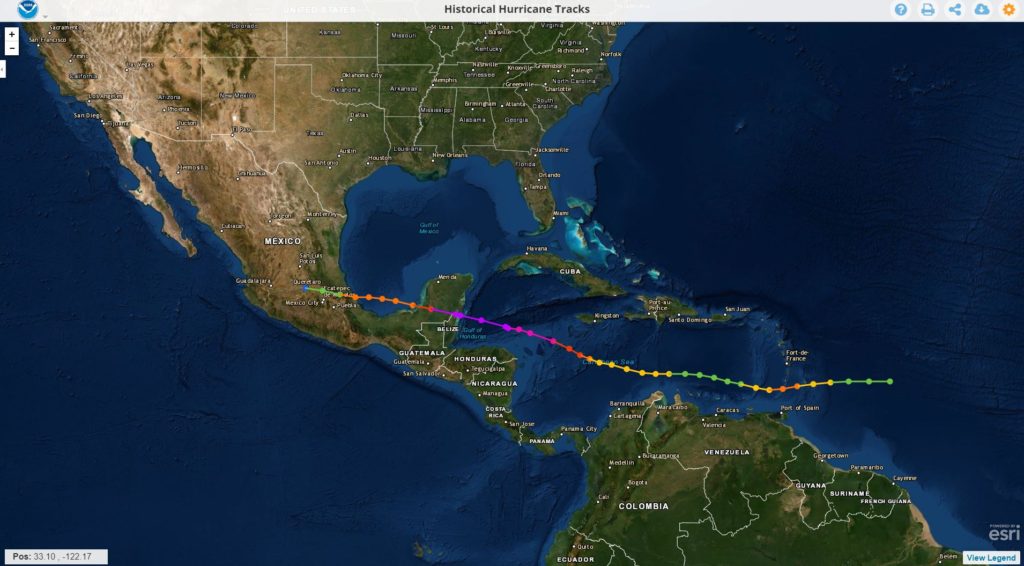Hurricane Dorian forecast: Errors and achievements
Dorian devastated everthing he found from The Bahamas to Canada. The national Hurricane Center studied the strom´s formation and development, and how well meteorologists predicted its trajectory and intensity.
What was the verdict?
Dorian became a tropical storm on August 24, 2019 in the middle of the Atlantic Ocean, crossed the Eastern Caribbean Sea, passing through the Virgin Island and Puerto Rico. But this was just de beginning of a journey that would last 15 days and would leave thousands of victims.
The Trajectory
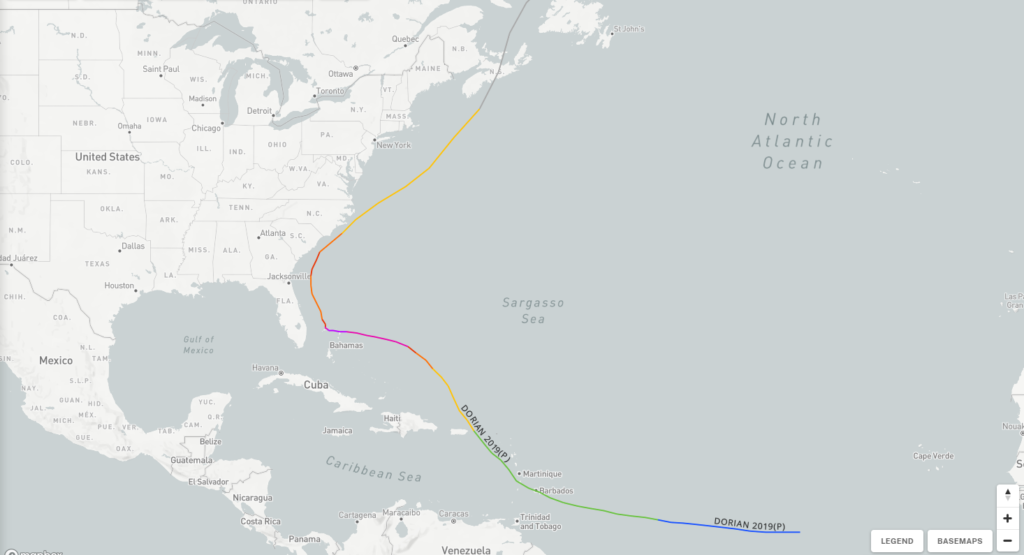
The storm started as a small disturbance in the Caribbean area with dry air, which tends to weaken possible hurricanes. The European numerical model, the most reliable in recent years, could not predict its genesis and the GFS model predicted that it would form much further east. Also, when the storm began to take shape, forecasters did not agree on where the center of the storm would be. "Dorian´s forecast was extremely difficult because we were tracking 3 centers" said the specialists.
One of the first paths for Dorian was that it was going to cross over “La Española” and “Puerto Rico” where it was expected for the mountains to dissipate the storm. Another forecast showed him going to Florida. The surprise came when Dorian formed and turn to the right interacting with warmer water. Thanks to this, the storm was able to quickly intensify into a hurricane, resulting in a lack of warning, which would have been necessary for some of the islands at its path, according to the report.
The intensification
After the consolidation stage, forecasters were able to predict the storm´s trajectory without major difficulties. However, they failed in determining its intensity. There was no indication that it would strengthen into a Category 5 storm with sustained winds of 180 m/h, even less that it would stop at the Bahamas for several hours.
Another big dilemma for the meteorologists was whether or not to issue warnings for The Florida. Forecasts showed that the storm´s trajectory was heading north, avoiding the state. But taking into consideration previous mistakes, there were great doubts. They saw an advantage in what had not been able to predict. The storm was not moving fast, and if it deviated from the predicted trajectory, there would be time to issue warnings.
In the end, Dorian effectively took a turn northward as planned, and this successful forecast saved Florida residents and its government a lot of money on unnecessary evacuations.
